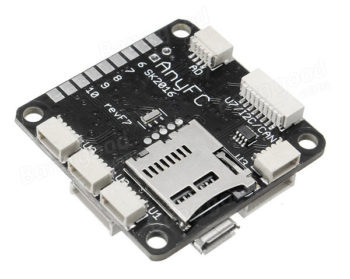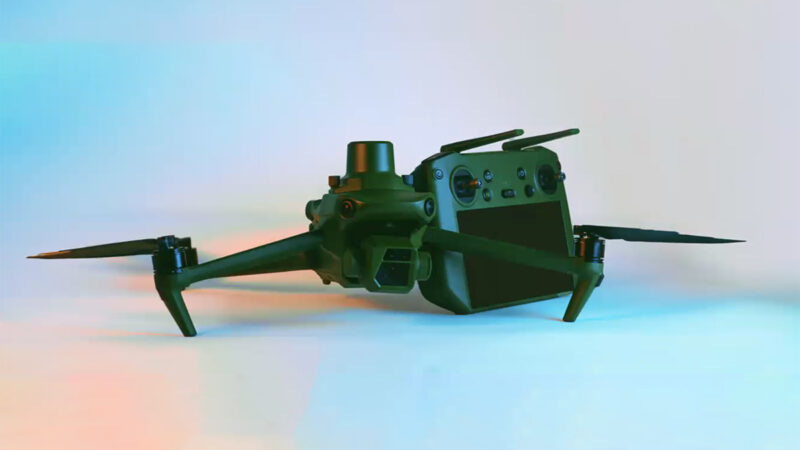Oscar Liang et les différences entre F1 F3 F4 et F7
 Vous vous demandez ce qui distingue les contrôleurs de vol à base de processeurs ST Microelectronics STM32 ? Oscar Liang a publié un post décrivant les particularités des versions F1 à F7. Une lecture très intéressante qui met en évidence les différences entre chaque génération. Elle répond à la question « quel processeur faut-il choisir »… et pourquoi. Je ne dévoile rien, le post se trouve là. Si l’anglais vous gêne, vous pouvez consulter la version traduite par Google (ici). Lisez aussi les commentaires, notamment de Dominic Clifton (Hydra).
Vous vous demandez ce qui distingue les contrôleurs de vol à base de processeurs ST Microelectronics STM32 ? Oscar Liang a publié un post décrivant les particularités des versions F1 à F7. Une lecture très intéressante qui met en évidence les différences entre chaque génération. Elle répond à la question « quel processeur faut-il choisir »… et pourquoi. Je ne dévoile rien, le post se trouve là. Si l’anglais vous gêne, vous pouvez consulter la version traduite par Google (ici). Lisez aussi les commentaires, notamment de Dominic Clifton (Hydra).




Je lis Oscar depuis longtemps, il a toujours de très bons articles de fond 🙂
On y trouve aussi les « best of top 5 » de chaque catégorie, cela peu aider à choisir 🙂
Bonjour à tous.
Il me semble qu’ il y a une erreur dans le titre de l article . Il ne existe pas de f2 mais des f3 ?
@ Mike : Oui, très juste, j’me suis trompé, je corrige. Merci 🙂
Cela dit, le F2 existe chez STM, mais pas pour des contrôleur de vol (à ma connaissance).
Intéressant son post mais:
-le F4 a été introduit avant le F3 (2011 vs 2012)
-le F4 ne dispose pas d’inverseurs hardware sur les UARTs ce qui peut poser problème pour le sbus et la telemetry. C’est pourquoi certaines cartes embarquent un/plusieurs inverseurs dédiés. Ce qui prend de la place…